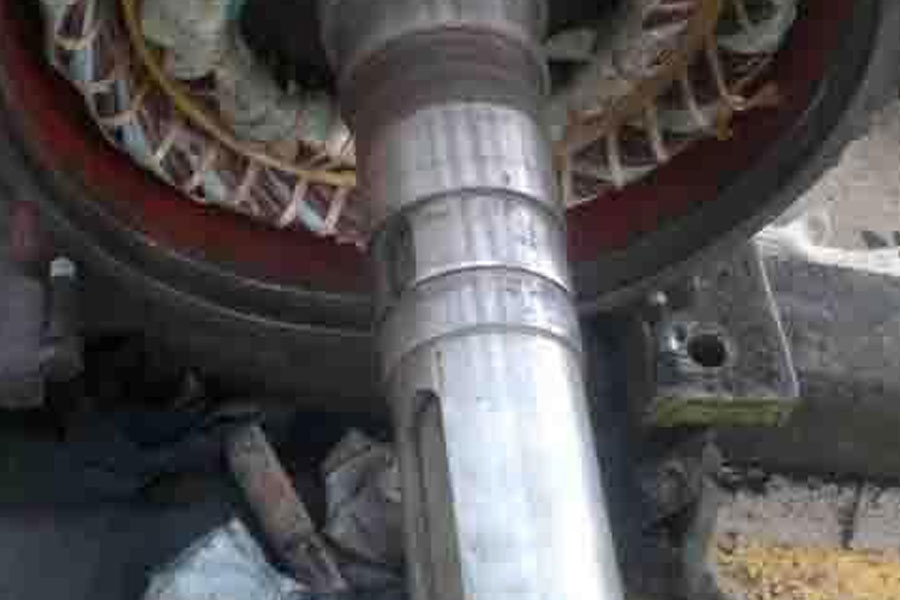By optimizing the coating process and coating composition of the fine-blanking die surface, the comprehensive performance of the coating is improved, and the service life of the blanking die is effectively improved.
The performance of titanium nitride and titanium aluminide coatings were compared. After improvement, the microhardness of the titanium aluminide coating reached 3200HV0.05, and the coefficient of dry friction to steel dropped to 0.30-0.35
At the same time, the average service life of fine blanking dies has been increased by 35.5%. The titanium aluminide mold components are punched under high pressure and high temperature (shear cut) conditions. The improvement of the life of the concave and convex dies in the fine blanking forming mold has always been the focus of engineering technology research. The use of physical vapor deposition technology in the surface treatment technology of mold materials prepares a titanium-containing compound strengthening layer with a thickness of about 3-5 μm on the surface of the workpiece to increase its service life. This paper studies a new coating process technology to improve the service life of fine blanking dies by improving the process.
The failure mode of the mold
The main form of failure of the male and female molds on the Finetool fine-blanking machine is oxidative wear. The high temperature and corrosive medium (lubricant) of fine blanking make the firework wear of the mold aggravated. During high-speed punching, the strengthened surface layer of the mold surface is destroyed, causing serious adhesion and friction on the metal surface. On the blanking cold-rolled steel plate and quenched and tempered steel plate, there are end face wear and crescent wear, as well as comprehensive forms of wear. These wear defects lead to a sharp decline in the service life of the mold and an increase in the failure rate. At the same time, failures such as mold repair and shutdown will bring greater economic losses.
The choice of mold material
In the initial design, S6-5-3 is the preferred material. S6-5-3 belongs to the German tungsten-molybdenum series ductile high-speed tool steel. The steel has fine and uniform carbide particles, has the characteristics of stamping resistance, high toughness, good thermoplasticity, excellent cutting performance, and good wear resistance. In particular, it can withstand high temperatures around 600°C, is not easy to soften, has good red hardness, and its hardness can reach 64HRC; and practice shows that its wear resistance is about 2 times higher than that of high chromium steel, and its toughness is about 1.5 times stronger.

Leave a Reply